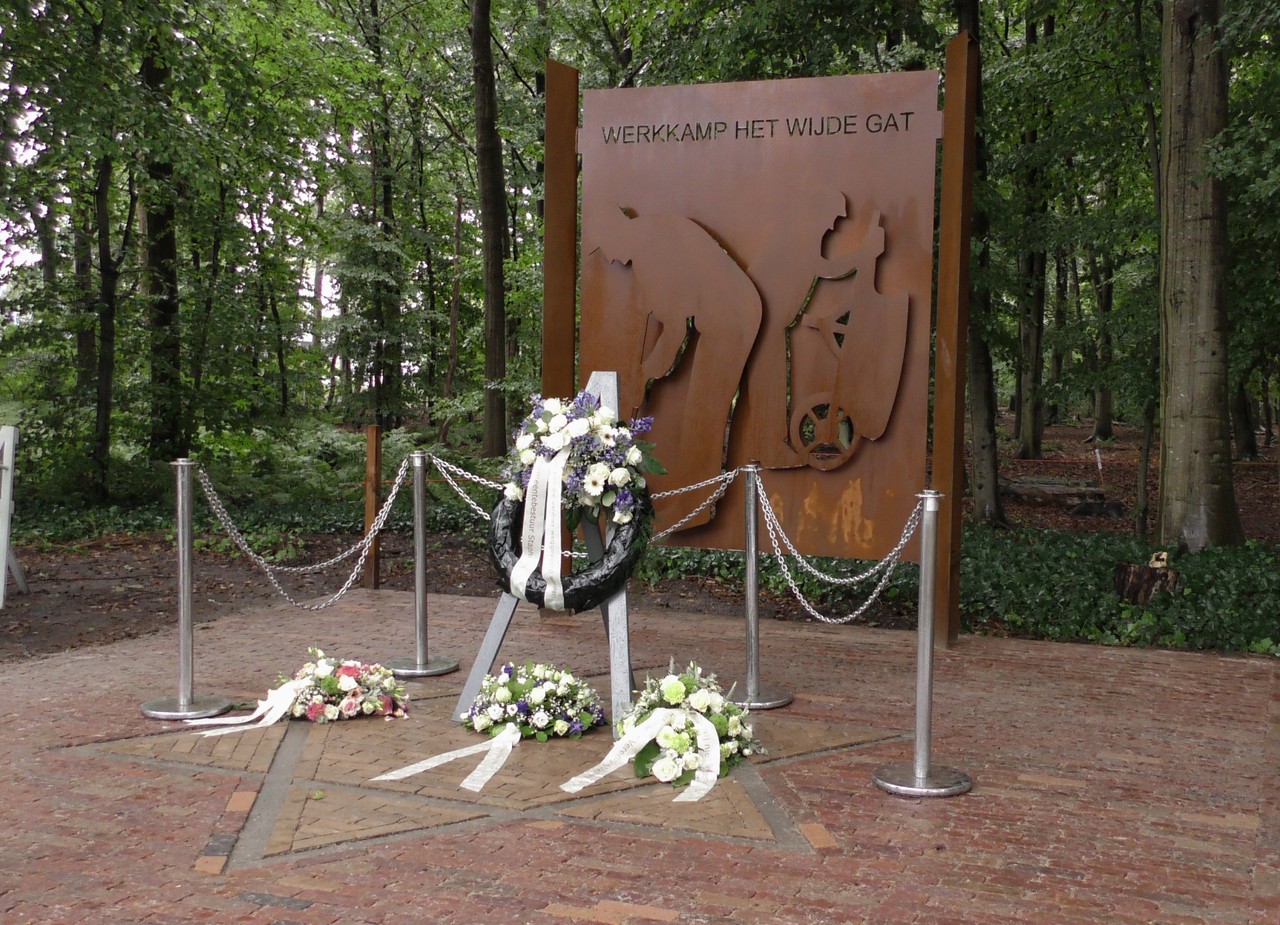These public works projects were spread across the country, especially in the east and north. Forests were planted, roads constructed, ditches dug for effective drainage, and the land was parcelled out for farms. Because daily commuting was impossible, the workers were housed in camps and allowed to go home once every two weeks. The work was hard and the pay minimal. Around 80 men lived in the camp, which had two barracks. Each room housed eight people.
From 10 July 1942, the German occupiers used the camp as a temporary holding facility for Westerbork. The unemployed workers had to make way for Jewish men, mostly from the province and city of Groningen. These men were forced into labour and simultaneously isolated from their families. On 3 October 1942, the men were deported to Westerbork. From there, they were sent to extermination camps in Eastern Europe. Only four of them survived the war.
In 1944, parts of Zeeland were flooded, and some evacuee families were temporarily housed in the camp. Occasionally, other families also stayed there for short periods. Later, the camp was used to house socially vulnerable individuals who had nowhere else to go. The barracks were sold in 1947.
Very little remains of the original camp buildings. Based on an RAF aerial photograph, the foundation Kamp Het Wijde Gat created a scale model and placed marker posts in the forest to give a sense of the camp’s original size. At the edge of the forest stands a gate bearing the name “Kamp Het Wijde Gat.” This gate, recently renewed, stands approximately where the original once did. The monument for labour camp Het Wijde Gat commemorates the Jewish forced labourers who were made to work there. Nannette Cohen, daughter of a former forced labourer in the camp, unveiled the monument on 21 September 2023.
